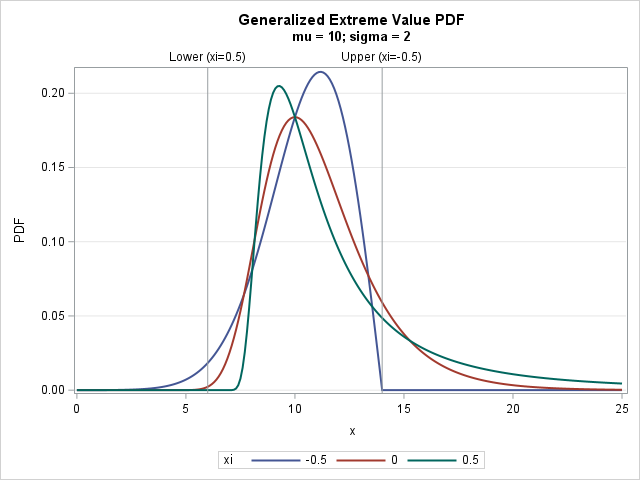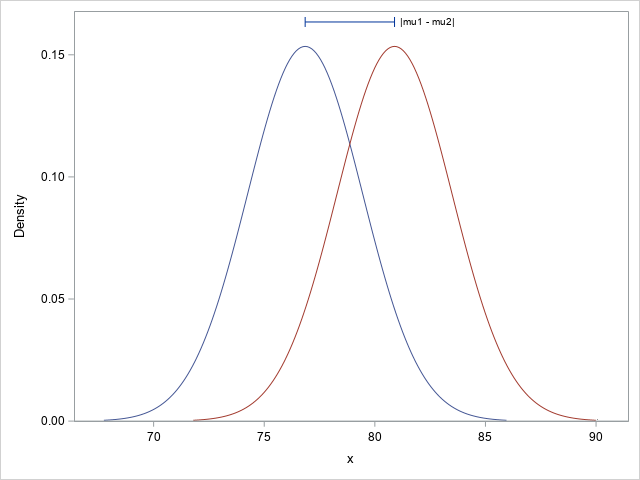Strengthen your programming skills with tips and techniques from the experts

Using college football recruiting and talent data as an example, let's see how DuckDB’s flexibility and SAS integration streamline complex transformations and queries.



































